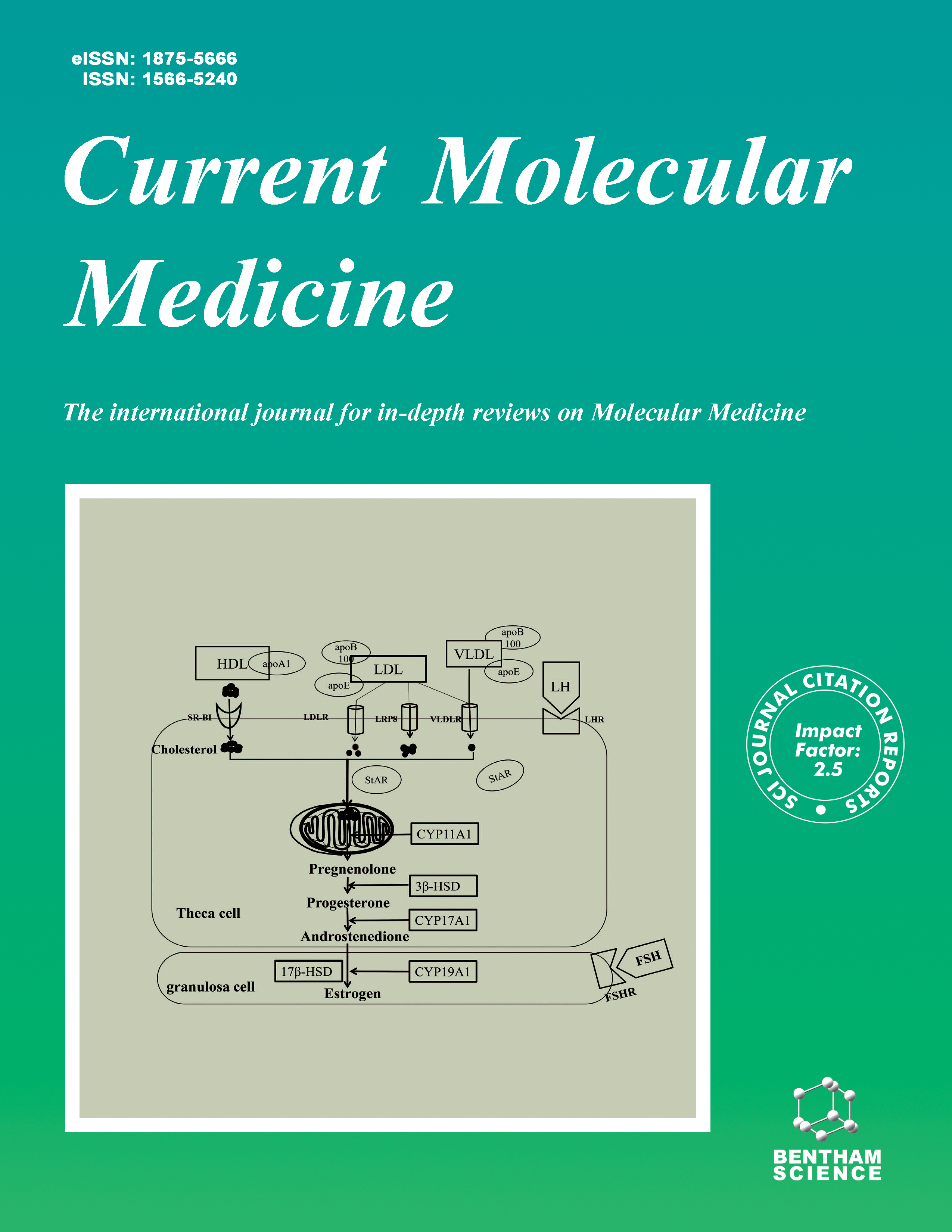
Full text loading...
We use cookies to track usage and preferences.I Understand
Ferroptosis is a nonapoptotic, iron-dependent form of cell death that can be actuated in disease cells by expected improvements and manufactured specialists. Different studies have recently resurrected the role of this newly discovered cell death pathway and demonstrated its efficacy in treating breast cancer. Breast cancer is the most well-known type of cancer among women worldwide. Despite many years of research focusing on cell death in breast cancer, counting apoptosis, clinical treatment leftovers are difficult due to the high likelihood of recurrence. Ferroptosis is defined by a lack of lipid peroxide repair capacity by phospholipid hydroperoxides GPX4, accessibility of redox-active iron, and followed oxidation of polyunsaturated fatty acids acid-containing phospholipids signalling, amino acid and iron metabolism, ferritinophagy, epithelial-to-mesenchymal transition, cell adhesion, and mevalonate and phospholipid biosynthesis can all be factors that influence ferroptosis susceptibility. Ferroptosis, an iron-dependent controlled cell death caused by excessive lipid peroxidation, has been entwined in breast cancer development and therapeutic response for the past decade. Advances in enhancing clinical drugs targeting ferroptosis are developing silver linings to treat breast cancer. Ferroptosis is influenced by metabolism and the expression of certain genes, making it a prospective therapeutic target for monitoring malignant growth and an appealing target for precision cancer medication disclosure. In the coming years, research into biomarkers to follow ferroptosis in patients with breast cancer and the course of events and the subsequent use of novel ferroptosis-based treatments will be captious. We present a fundamental analysis of the actual understanding of molecular mechanisms along with regulatory networks associated with ferroptosis, expected physiological functions in growth concealment, ferroptosis-associated differentially expressed genes, treatment targeting potential, and recent advances in the development of therapeutic strategies in this review.

Article metrics loading...

Full text loading...
References


Data & Media loading...

